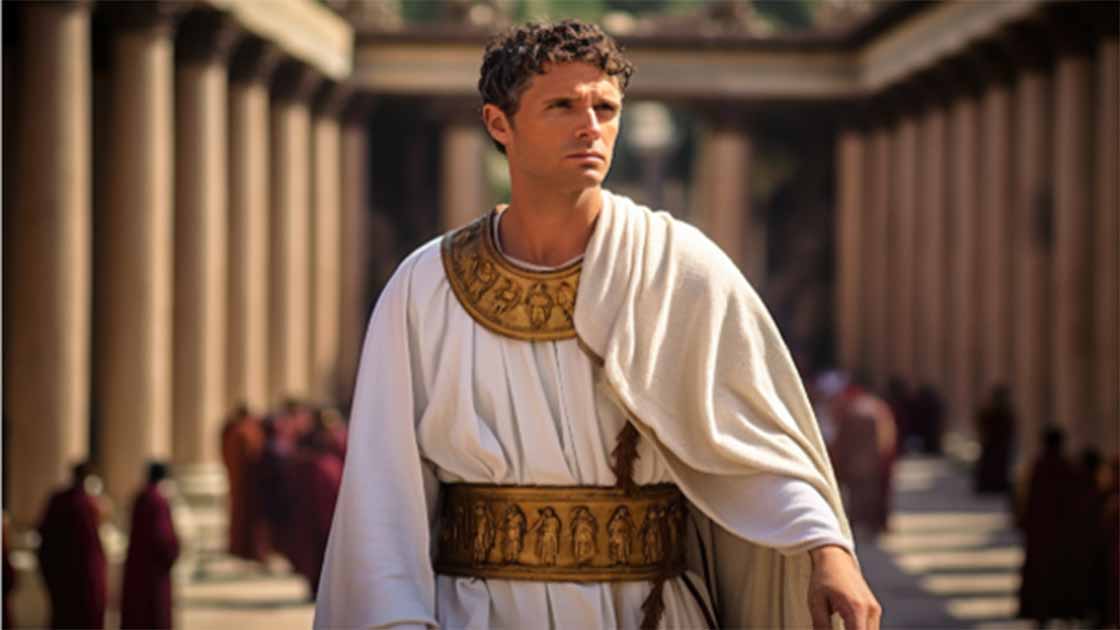How Did the Pax Romana Start and End? (Videos)
The Pax Romana, a remarkable era of relative peace in the Roman Empire from 27 BC to 180 AD, marked a pivotal period that shaped the empire's trajectory. Emerging from the political turmoil of the Roman Republic's decline, the Pax Romana found its origins in the aftermath of Julius Caesar's assassination in 44 AD. The power struggle that ensued led to the rise of Octavian, later known as Augustus Caesar.
Augustus skillfully maintained authority without assuming overt titles, emphasizing continuity with the Roman Republic. The Pax Romana was not devoid of challenges; external threats prompted military expansion, establishing Rome as a formidable empire. Augustus' governance, marked by strategic military achievements and social reforms, laid the foundation for the Pax Romana's prosperity.
- Did Caesar’s Ambition to Conquer Parthia Lead to His Assassination?
- Running the Family Business of the Roman Empire: Augustus the Founder
The era's end, however, was foreshadowed by the Roman Empire's sheer size, straining resources and political stability. Marcus Aurelius, the philosopher emperor, faced external threats and a devastating pandemic during his peaceful reign. The downfall was ultimately triggered by his successor, Commodus, marking the conclusion of the Pax Romana and heralding a decline in the Western Roman Empire.
Top image: AI image of Emperor Augustus also known as the founder of the Roman Empire. Source: Nevio/Adobe Stock

















